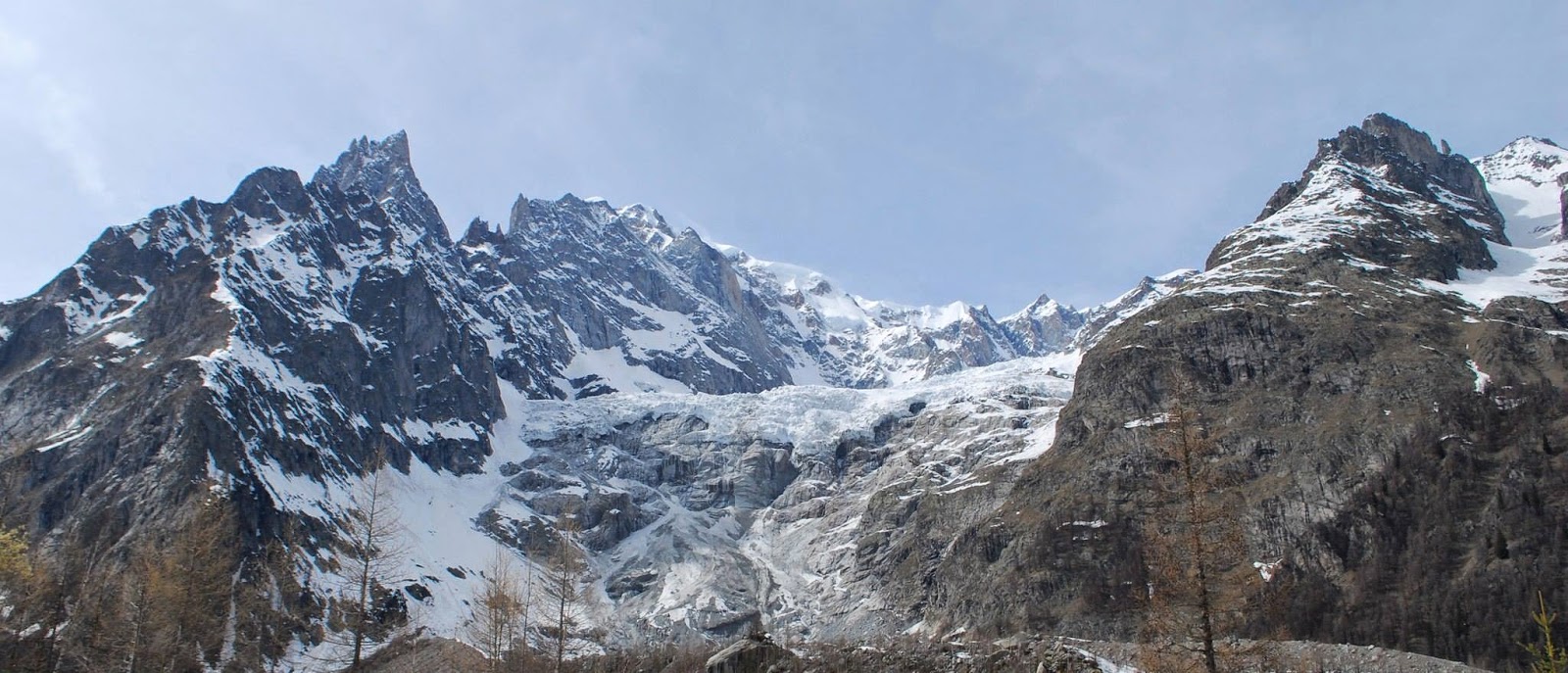However, if you venture out into the countryside, you get casual greetings here, there and everywhere... particularly in England... but not only England.
This weekend, I got bored of Newcastle for the day and took the train out to Hadrian's Wall, a 73 mile long, 2/3 metre wide Roman construction designed for Emperor Hadrian's back garden because he didn't like his neighbours.
During my spontaneous trip I experienced variations in the amount of people passing the other direction, larger amounts of day trippers nearer the car parks and points of interest (the weather was good enough to give me sunburn). I was interested to see that if there were more 5/6 people in quick succession passing by, the politeness disappears, and city life resumes. This kind of makes sense when we consider how strange we would be to greet each passer by in such a way that quickly ('hi, heya, howdy-doo, great day eh? hey, good day, jolly good!). I'm curious at what stage we resort to this pleasantry and when we decide there are too many people to be pleasing everyone?
The reason this springs to mind is that during the summer near (and on) the glacier, there will likely be a ****-ton of tourists. Does this rule apply to the Italians and internationals in the valley? (most likely), do I need to explain to everyone the reason i'm walking around with radiation shields (radiation? RADIATION!?). I'm aware it is a likelihood and it may very well be annoying. Hopefully I can at least use some of the public services to good use that didn't exist in the April venture... such as a coach along the road which runs by the tongue of the glacier (snowmobile was more fun) and campsites in the valley... maybe I can even con some tourists with large backpacks to carry stuff for me?
The week in Italy was truly great and I managed, with the help of several people to get a total of 6 stations measuring air temperature installed at various locations on the glacier. More equipment was stashed at an upper station for ease of transportation in June, but while utilising its ability to log local temperature information until that time. So at the upper most station where the tributaries of the other glaciers meet the Miage (see below), I established a measure of the near surface vertical temperature profile at 1, 1.5 and 2 metres over a quickly diminishing snow cover. This will hopefully give a lovely transition between an unstable boundary layer (where surface temperature is lower than the overlying air) and a stable layer (which follows the more traditional decrease of temperature with increasing elevation). However in June, this multiple height set up will be partly disassembled leaving the 2m measure and transporting the remaining sensors further up glacier.
This highest station was approximately 2400 metres above sea level (masl). The highest station is set to be 2700masl. higher than this, and the gradient increases too greatly and the inclines are characterised by risky ice falls which couldn't support stations anyway. Higher up upon the glacier, the ice from the falls of the Mont Blanc and Dome glaciers crack and the rocks fall almost continuously (mostly in small pieces). It reminds you how active and dangerous this region can be. Most stations are situated in suitable and reasonably safe places, though one or two occupy areas which in 2012 was subject to a significant blowout of ice from the tributaries (picture from Fondazione Montagna Sicura).
So the stations will range from numbers 1-14 with two full weather stations and one off-glacier station (OG) designed to test the temperature changes independent of the potential cooling affect of glacier ice (even if buried under debris).
Currently it looks something like this, if I were to take a lovely aerial image from 2012 and put some inaccurate dots in paint (I'm too lazy for ArcMap today):
Though the GPSs have done a bit of a lousy job at positioning us where we should be (think my paint image is better). This can be reasonably confirmed by ArcMap software (GIS) which shows that the coordinates given puts an off glacier station ON the glacier. The limitation of satellite coverage in the afternoon in the upper parts of the glacier gives slightly more inaccurate readings anyway.
"anybody out there?"
I feel that after all the testing of sensors in the TomCave, the measures of temperature were reasonably accurate... but another test was conducted using all the sensors that were left in Italy from last year as well... and the results... not bad.. though a bit more messy.
The test ~700 metres from the tongue of the glacier was a good idea to test the other sensors, but also under conditions more accurate to that on the glacier, such as multiple reflections from high albedo surfaces such as snow and at similar elevations. While one temperature sensor was giving a few too many large errors (several lines in the upper graph show comparison with it), the others were recording mostly reasonable differences in temperature and times where errors are higher can be understood better and can benefit analysis when looking at the final dataset. The sensor with the largest error was also set up at TT10 (upper glacier) to give it a further test.
camping is booked for June.... can't wait... shame that for now, I have to stay in England with it's walls :)




.jpg)





















.jpg)


